As enterprise organisations face mounting pressure to reduce customer acquisition costs, the value of a well-designed referral programme has never been more critical. Hence why I’ve put this list together. We’ll look at referral programme examples in different industries that use innovative referral strategies to drive engagement.
From double-sided rewards that incentivise both parties to hyper-relevant reward structures that align with commercial objectives, these examples demonstrate how brands are turning satisfied customers into powerful advocates.
Contents:
Key Takeaways
-
Integrate with Loyalty Strategy: Successful programmes like Dollar Shave Club integrate referrals into broader loyalty ecosystems, creating multiple touchpoints for engagement.
-
Align with Purchase Frequency: Casper shows how rewards should match buying patterns. For infrequent purchases, universal rewards like gift cards often outperform store credit.
-
Drive Digital Engagement: Financial services leaders like Chase use referral programmes to boost app adoption and deepen digital relationships.
-
Leverage Community Dynamics Strava demonstrates how referral programmes can tap into existing social behaviors, turning natural connections into growth opportunities.
-
Strategic Distribution Bell Mobility's approach of spreading rewards over time transforms referrals into retention tools, reducing churn while driving acquisition.

Retail & Ecommerce
Through our work with enterprise clients, I've seen firsthand how referral programmes can drive exponential growth in this space - when executed strategically.
1) Spex4Less
Spex4Less is a UK-based provider of high-quality prescription glasses at massively reduced prices. You need only look at the overwhelmingly positive reviews to see Spex4Less has perfected their approach to customer service. This is even demonstrated in the way they present their customer referral programme.
Programme overview
By surrounding their referral programme with rich educational content, Spex4Less has built a customer engagement engine. Their guides and blogs explain how to refer and why it matters. Combined with omnichannel sharing options across social and email, they've made advocacy both accessible and meaningful.
Key Takeaway - Comprehensive educational content about your referral programme enhances CX
It’s clear from Spex4Less’s approach that they recognise that customer advocacy isn't just transactional. By investing in educational content that guides users through their referral journey, they're seeing higher engagement rates and more authentic word-of-mouth marketing.
Think about it - when customers deeply understand your referral programme, they're more likely to use it effectively. We've seen this pattern repeatedly with our enterprise clients. Clear, comprehensive educational content certainly boosts programme participation but also creates more confident brand advocates who drive higher conversion rates. It's a perfect example of how investing in a seamless customer experience directly impacts referral success.
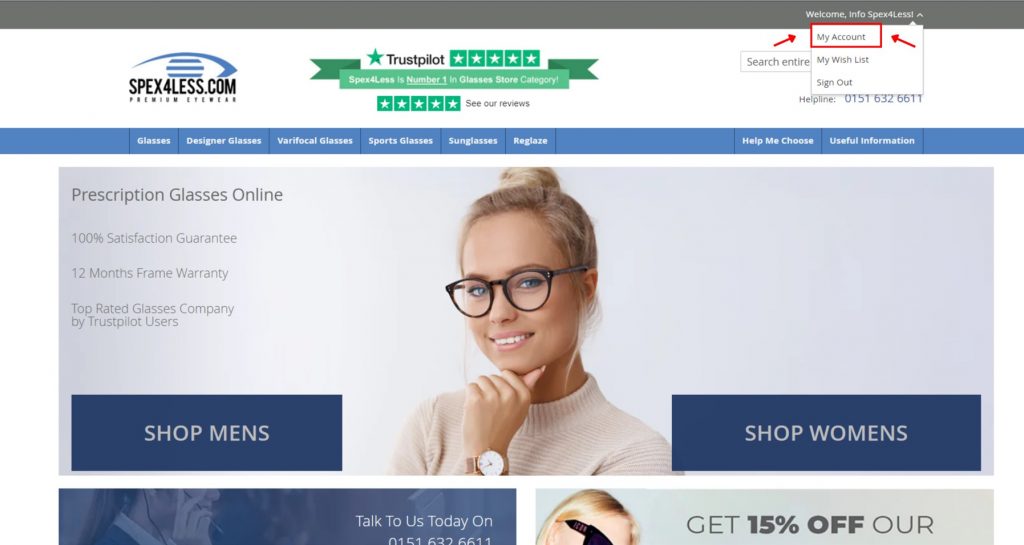
2) Casper
Caspar produces mattresses and bedding and has a referral programme available for their US customers. Brand advocates are encouraged to refer friends and family members to make purchases with the brand in return for some very generous rewards.
Programme overview
Their double-sided structure hits the mark perfectly - brand advocates earn a $75 Amazon gift card, while new customers get a substantial 25% off mattresses. They've even thought about lower-ticket items, offering $10 for pillow referrals. Smart annual cap too - $599 keeps the programme profitable while giving advocates plenty of earning potential.
Key Takeaway - Match rewards to purchase frequency
The insight here is spot-on. When your product is something customers buy every 8-10 years, like a mattress, offering store credit misses the mark. Casper's choice of Amazon gift cards gives advocates immediate value they can actually use. It's a perfect example of how understanding your purchase cycle should shape your reward structure. Plus, gift cards are the second most used referral incentives.
What I particularly like about this approach is how it turns a potential challenge - low repeat purchase frequency - into an opportunity. By choosing universally appealing rewards, they've created a referral engine that keeps running even when customers aren't in the market for their core product.
3) Spanx
Spanx is known for its innovative shapewear products designed to provide more flattering appearances under clothing.
Smart referral programmes can reinforce what your brand stands for. In the case for Spanx, this is showcased brilliantly, turning customer advocacy into a natural extension of their brand experience.
Programme Overview
With purchases typically exceeding $75, Spanx has crafted smart referral mechanics, in this case a unique referral link, that protect margins while driving growth. Brand advocates earn a $20 discount on future purchases, while their friends receive 15% off their first order. They've also built in thoughtful fraud prevention - capping rewards at 50 per year shows they're serious about programme sustainability.
Key Takeaway - Brand values drive advocacy
The magic of Spanx's referral strategy lies in its seamless connection to their mission of empowering women. Their landing page speaks directly to their community through messaging that emphasises "sharing the love." If anything the clever copywriting demonstrates a deeper understanding, that the strongest referrals come when your programme feels like a natural extension of your brand voice.
When your referral programme aligns with your broader brand story, there’s a better chance it resonates with existing customers and they become authentic advocates. In Spanx's case, they're not just sharing a discount - they're sharing a confidence-boosting brand experience they genuinely believe in.
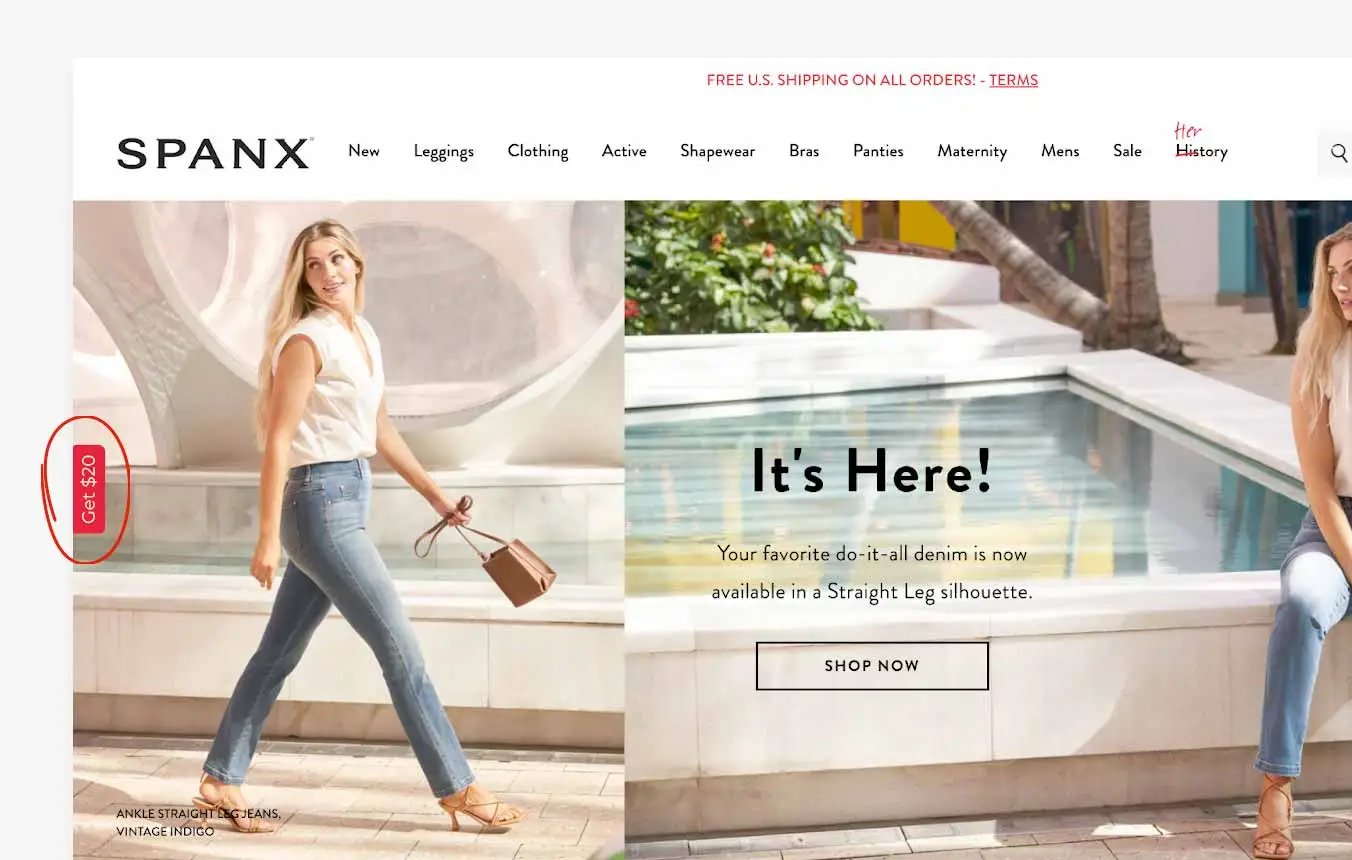
Subscription
4) Dollar Shave Club
Dollar Shave Club's disruption of the grooming industry offers valuable insights into referral marketing. Their subscription model, centered around monthly razor blade deliveries, created the perfect foundation for word-of-mouth growth.
Referral Programme Overview
Their points-based referral strategy demonstrates smart alignment with their wider loyalty programme. Brand advocates earn 500 points for each successful referral, while referred friends receive an attractive entry offer - their starter shave set for just $5. By integrating referrals into their points ecosystem, they've created multiple touchpoints for engagement and reward redemption.
Key Takeaway: Integrate referrals into your wider loyalty strategy
What sets DSC's approach apart is how they've embedded their referral programme into their broader loyalty ecosystem. Instead of standalone referral rewards, they've created a points-based system that encourages ongoing engagement. It's a strategy I've seen drive significant results - when referral rewards connect to a wider loyalty programme, customers have more ways to find value, driving both acquisition and retention.

Travel & Aviation
The travel sector presents unique opportunities for referral marketing, where customer advocacy can boost the impact of booking decisions. Let's look at how industry leaders are leveraging this potential.
5) AirAsia
AirAsia's referral strategy demonstrates how smart programme design can create sustained engagement. Their success - driving 500,000 monthly sign-ups and reaching 20 million members - offers valuable insights into effective referral mechanics.
Programme overview
Their referral structure shows real commercial intelligence. Brand advocates earn 125 points per successful referral, capped at 5 referrals monthly for a potential 625 points. This monthly refresh creates an engaging rhythm of participation. They've amplified this through gamification, as seen in their #WeAre20MilBIG contest that rewarded top point earners.
Key Takeaway - Strategic limits drive engagement
What's particularly clever about AirAsia's approach is how they've turned programme constraints into engagement drivers. The five-referral monthly cap protects programme economics, invokes a sense of urgency, and encourages regular engagement across various touchpoints. We've seen this work consistently with our clients - when customers know their referral capacity refreshes monthly, they're more likely to actively participate.
This combination of points, caps, and competitions transforms referral marketing from a passive programme into an active engagement tool. It's a perfect example of how thoughtful rules can drive desired commercial behaviours while maintaining programme sustainability.
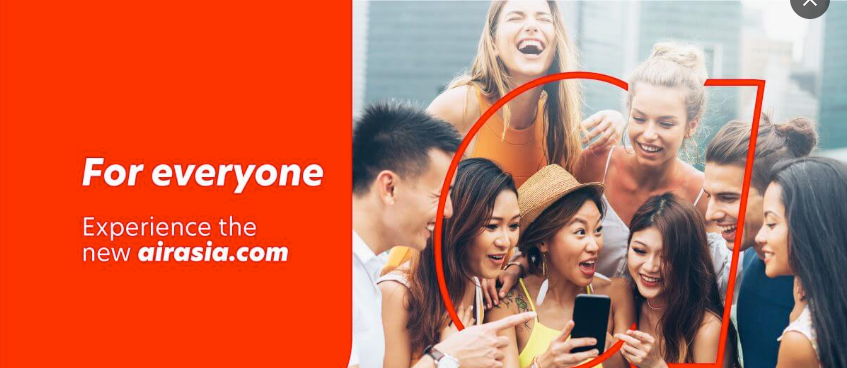
Financial Services
The financial sector demands unique approaches to referral marketing, where trust and compliance play crucial roles in customer acquisition. Let's examine how industry leaders are innovating in this space.
6) Chase Bank
Chase's referral strategy showcases how enterprise-scale referral programmes can drive significant growth when integrated with digital engagement channels. Their results speak volumes - 500,000 new customers in just 8 months.
Programme overview
What makes Chase's approach particularly effective is their tiered reward structure, tailored to different customer segments. They've created multiple referral channels through their app and website, the clever part being they require reward redemption through their mobile app. Perhaps it transgresses convenience and is more about driving meaningful digital engagement.
Key Takeaway - transform referrals into digital engagement drivers
The insight here is compelling. By making their app the hub for referral redemption, Chase turns each referral into an opportunity to deepen digital relationships. Instantly connecting newly acquired customers to Chase's digital ecosystem where deeper engagement and advocacy can flourish.
In our experience with financial services clients, this approach of using referrals to drive app adoption creates a powerful multiplier effect. Each successful referral bringing in a new customer adds another engaged digital user who's more likely to explore additional products and become an advocate themselves. Not to forget, Apps also serve as a consistent channel to track engagement and customer behaviours.
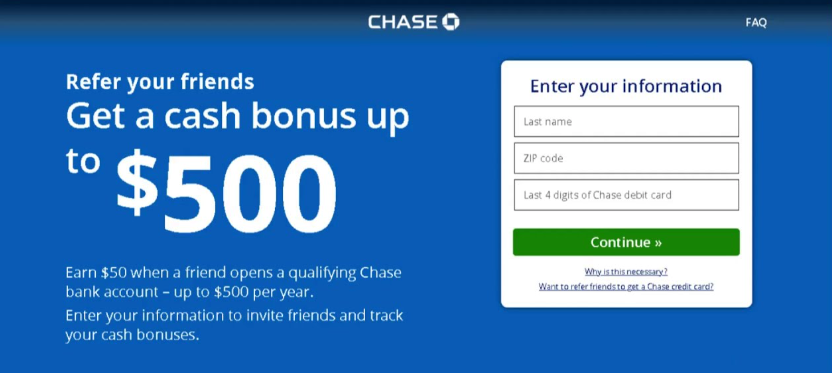
7) Robinhood
Robinhood is a fintech company that offers commission-free online stock and cryptocurrency trading services. When referral rewards align perfectly with your core product, magic happens. Robinhood's approach to customer advocacy is a creative masterclass in product-led referral strategy and the implications it has for cost-effective customer acquisition.
Programme overview
Their double-sided reward structure turns every referral into a hands-on product experience. Both parties receive a randomly selected stock worth between $2.50 and $225.00. Although only 2% receive stock valued above $10.00, the potential for value growth means every reward carries future upside. Turning the reward itself into an investment evokes an "unboxing" moment for each referral.
Key Takeaway - Let your product power your referrals
What makes Robinhood's programme so effective is how it transforms referral rewards into a product demo. Giving both parties actual stock offers value and creates active platform users from day one. The element of surprise with random stock selection, combined with the possibility of future gains, adds an emotional dimension that typical cash rewards can't match.
Their approach shows how deeply understanding your value proposition can revolutionise your referral strategy. When your rewards showcase what makes your product unique, you're acquiring engaged users who understand your platform's potential.
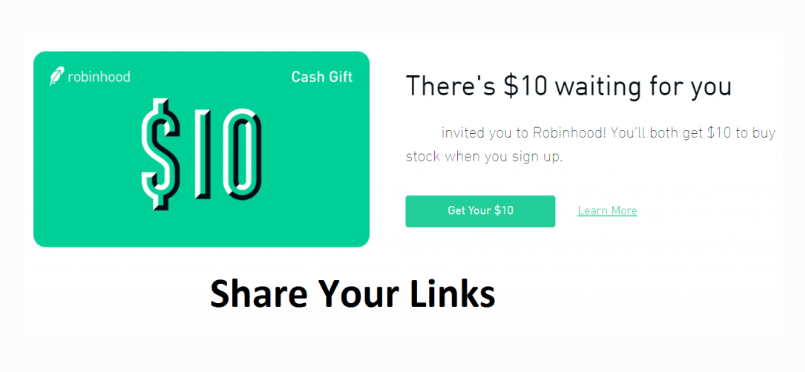
Membership Organisations & Associations
Membership growth drives the success professional organisations and association. Smart referral programmes can accelerate this growth while rewarding member advocacy.
8) Unite
Unite shows how membership organisations can leverage referral marketing to strengthen their community. As the UK's leading trade union, they've created a programme that turns member advocacy into sustainable growth.
Programme Overview
The mechanics are refreshingly straightforward. Members earn Love2shop Ecodes worth up to £25 for successful referrals, with rewards scaling based on the new member's subscription level. No referral caps and a simple online process remove typical barriers to participation. Rewards hit accounts after new members complete their initial subscription payments, protecting programme economics.
Key Takeaway -Reward structures that scale with success
Unite's uncapped reward structure proves particularly powerful for membership organisations. Each successful referral adds value to both the organisation and the referring member. This creates a natural growth engine - members who understand the union's value can earn unlimited rewards while strengthening their community. The scaling reward value also acknowledges that higher-tier memberships deliver more value to the organisation.

Fitness & Wellness
The fitness sector thrives on community and shared goals. Smart referral programmes tap into this natural word-of-mouth environment.
9) JD Gyms (Gym Chain)
JD Gyms flips provides the chance to win a year's free membership to drive remarkable engagement.
Programme Overview
Their approach replaces standard referral rewards with prize draw entries. Each successful referral increases your chances of winning a year's free membership. No referral limits and a straightforward code system keep the barriers low and motivation high. Members can share with friends and family across multiple channels.
Key Takeaway - High-value prizes drive multiple referrals
JD Gyms understands their market perfectly. A year's free membership represents value to fitness enthusiasts. Each additional referral increases winning chances, creating natural momentum in the programme. This drives higher referral volumes than traditional fixed rewards, while controlling programme costs.
One compelling prize that taps into the psychology of anticipation and possibility, clear mechanics, and a reward that perfectly matches member aspirations. For businesses with high-value services, prize-based referrals can transform occasional advocates into active referrers.

10) Strava (Fitness App)
Strava turns every user into a potential community builder. By offering premium access as a referral reward, they combine growth with feature discovery. Their extensive route mapping, segment challenges and activity sharing create natural reasons for athletes to want their training partners on the platform.
Programme Overview
The programme structure builds networks naturally. Both parties get two months of Premium access, unlocking advanced analytics, route planning, and safety features. Sharing happens through existing social connections - email, social media, or direct messages. No referral limits and milestone bonuses encourage continuous community growth.
Key Takeaway - Harness community dynamics to drive referrals
Strava understands that fitness is inherently social. Their programme helps users bring their real-world workout partners onto the platform. Premium access then gives these micro-communities better tools to train, compete, and share achievements together.
By aligning referrals with natural workout buddy dynamics, Strava creates authentic growth. Each new referral strengthens existing fitness communities while building new ones, driving both acquisition and retention through genuine social connections. The real power lies in how seamlessly referrals integrate with existing exercise habits - from casual running groups to cycling clubs, every workout becomes an opportunity to grow the community.
Insurance
Insurance purchase decisions rely heavily on trust and recommendations. Smart referral programmes can reduce friction in the consideration process while driving quality leads.
11) Square One
Square One brings fresh thinking to insurance referrals. Instead of waiting for policy purchase to reward engagement, they've created a programme that adds value at multiple decision points.
Programme Overview
Their dual reward approach is cleverly structured. Brand advocates earn $25 off their premium for successful referrals. But here's the smart part - referred friends get a $10 Amazon gift card just for getting a quote. The programme works through both their online portal and direct agent mentions, keeping it simple and accessible.
Key Takeaway - Make your referral programme rewards relevant to different stages of the customer journey
Square One recognises that insurance decisions take time. By rewarding quote requests with instant Amazon gift cards, they reduce barriers to consideration. The $25 premium credit for completed policies then incentivises conversion. This staged approach maintains momentum through the sales cycle.
Their strategy acknowledges how people actually buy insurance - research, compare, then decide. By adding value at each step, they turn the traditional referral model into a customer journey that accelerates up the customer loyalty ladder.

Utilities & Telecoms
Utilities and telecoms have unique challenges in customer acquisition. Smart referral criteria can help target ideal customers while driving uptake of bundled services.
12) Utility Warehouse (Utilities & Broadband)
UW's bundled approach to utilities needs a referral programme that matches their multi-service strategy. Their programme cleverly uses qualification criteria to attract the right customers.
Programme Overview
A £50 bonus for both parties forms the foundation, but the real innovation lies in their eligibility rules. Referrals must be homeowners who sign up for at least two services across energy, broadband, mobile, or insurance. The programme runs through their app and online portal, with rewards paid upon service activation. No referral caps keep growth potential unlimited.
Key Takeaway - Use referral criteria to drive strategic business objectives
UW's genius lies in their precise targeting. By requiring homeowner status and multi-service adoption, they ensure referrals bring in their ideal customer profile. The two-service minimum drives their bundled model, while homeowner criteria targets customers with long-term value potential.
This targeted approach proves that effective referral programmes do more than just attract new customers - they attract the right customers. Strategic eligibility criteria help shape acquisition toward business goals.

13) Bell (Mobile & Telecoms)
Bell's approach to referral rewards shows a deep understanding of telco customer behaviour. Rather than offering one-off incentives, they've created a programme that rewards loyalty over time, simultaneously driving customer acquisition and enhancing retention.
Programme Overview
Their reward structure is built for retention. Both parties receive $50 in bill credits, delivered as $5 monthly discounts across ten months. Members can stack up to six referrals monthly for a maximum $30 discount, with total earnings capped at $300 over ten months. The programme runs through a simple friends and family referral system, linking rewards directly to monthly bills.
Key takeaway - Strategic reward distribution drives retention
Bell's innovation lies in turning referral rewards into a retention engine. By spreading $50 credits across ten months and enabling stacking, they give customers compelling reasons to stay, cutting churn in the process. Each successful referral adds another layer of monthly savings, creating a growing incentive to maintain service.
This approach solves two challenges at once - driving new customer acquisition while reducing churn among existing customers. When referral rewards become part of the monthly service value proposition, everyone wins.

14) Restream (Streaming Services)
Restream shows how to design referral programmes that work in a technically complex space. Their approach focuses on simplicity and immediate value with a cash-based referral programme.
Programme Overview
Clean, simple rewards drive this programme. Both parties get $10 in withdrawable cash - no platform credits or complex conditions. The referral dashboard sits right where creators need it in their account settings. Streamers can share their unique links during broadcasts, making referral sharing feel natural within their content flow.
Key Takeaway - Align referral rewards with your business model
Restream demonstrates perfect business model alignment in their referral strategy. Their platform exists to help streamers monetise content across multiple channels. Their referral programme extends this same value proposition - offering another revenue stream through natural audience interactions.
The programme works because it mirrors how their users already operate. Streamers routinely share their technical setup with viewers. Adding referral links to these discussions feels natural, not forced. This creates authentic advocacy that drives real results.
When referral mechanics match your core business model, growth happens organically. No awkward bolted-on programmes or unnatural behaviours - just seamless integration with how your users already engage with your platform.

Building Sustainable Growth: Key Lessons from Market Leaders
Looking at these referral programme examples, clear patterns emerge in successful referral programme design. From Dollar Shave Club's points-based rewards to Strava's community-driven approach, each programme demonstrates how referral mechanics must align with core business objectives.
These market leaders show that effective referral programmes go beyond simple discount offers. Square One rewards different stages of the customer journey. Bell Mobility turns referrals into a retention tool. Robinhood makes their product the reward. UW uses smart eligibility criteria to target ideal customers.
The key to sustainable growth lies in this strategic approach to programme design. Whether you're in financial services, retail, or technology, your referral programme should reflect your unique value proposition while driving measurable commercial outcomes.
For enterprise brands looking to boost customer acquisition through referrals, these examples provide valuable blueprints. The most successful programmes align naturally with user behaviour, create authentic advocacy, and support broader business goals.

FAQs
What makes a referral programme successful?
A successful referral programme aligns with your business model, offers relevant rewards for both parties, and integrates seamlessly with customer behaviour. Key elements include clear sharing mechanisms, strategic reward distribution, and strong tracking capabilities that measure conversion rates.
How do you choose the right referral reward structure?
Consider your purchase frequency, customer lifetime value, and target audience preferences. Double-sided rewards often perform best, but reward value should align with acquisition costs and profit margins. Match rewards to your business model and customer journey.
What's the difference between single-sided and double-sided referral programmes?
Single-sided programmes reward only the referrer, while double-sided programmes incentivise both parties. Double-sided typically drive higher conversion rates as they provide immediate value to new customers while rewarding brand advocates.
How can referral programmes improve customer retention?
Strategic reward distribution, like Bell Mobility's monthly credit system, turns referrals into ongoing benefits. Integrating with loyalty programmes and offering stackable rewards creates long-term engagement and reduces churn.
What role does technology play in referral programme success?
Technology enables seamless sharing, tracking, and reward distribution. Modern referral platforms provide analytics, fraud prevention, and integration capabilities while automating reward fulfillment and programme optimisation.
How do you prevent referral programme abuse?
Implement clear terms and conditions, set reward caps like Spanx's 50-referral annual limit, use unique tracking codes, and employ fraud detection systems. Monitor patterns and validate genuine customer relationships.
What metrics should you track in a referral programme?
Track referral conversion rates, customer acquisition costs, referee lifetime value, advocate participation rates, and reward redemption patterns. Monitor sharing channel effectiveness and programme ROI through referral analytics.
How can B2B companies leverage referral programmes?
Focus on high-value rewards that match business priorities, use targeted eligibility criteria like UW's approach, and leverage professional networks. Consider longer consideration cycles in reward timing and structure.
What makes referral programmes work in subscription businesses?
Integrate referrals with recurring billing, offer ongoing benefits rather than one-time rewards, and use customer behaviour data to optimise timing. Focus on driving both acquisition and retention like streaming services.
How do you promote a referral programme effectively?
Make the programme visible across all customer touchpoints, use educational content like Spex4Less, and leverage existing communication channels. Train customer service teams and use app notifications for timely prompts.
Author Bio, Written By:
Mark Camp | CEO & Founder at PropelloCloud.com | LinkedIn
Mark is the Founder and CEO of Propello Cloud, an innovative SaaS platform for loyalty and customer engagement. With over 20 years of marketing experience, he is passionate about helping brands boost retention and acquisition with scalable loyalty solutions.
Mark is an expert in loyalty and engagement strategy, having worked with major enterprise clients across industries to drive growth through rewards programmes. He leads Propello Cloud's mission to deliver versatile platforms that help organisations attract, engage and retain customers.

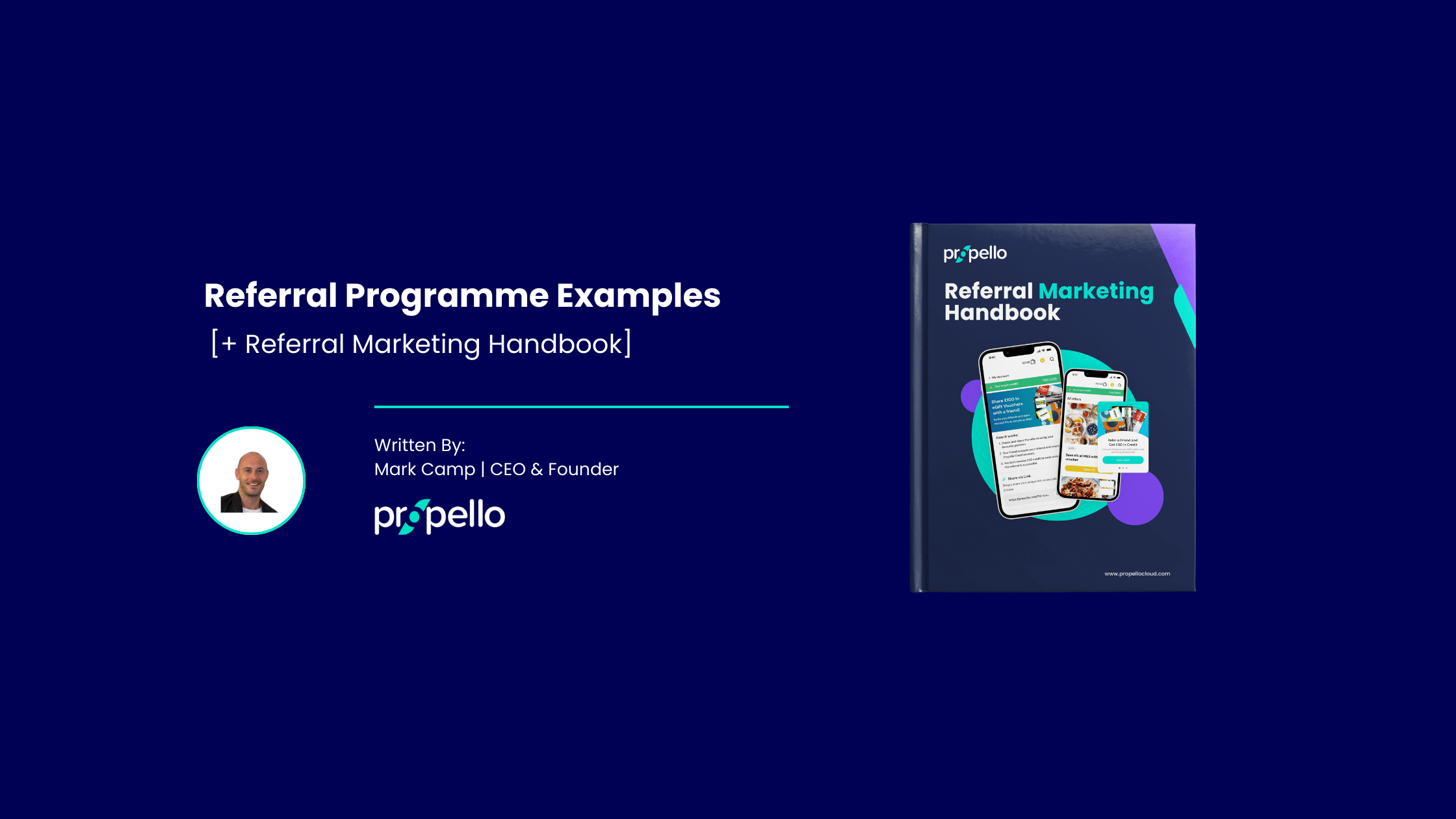

.png)